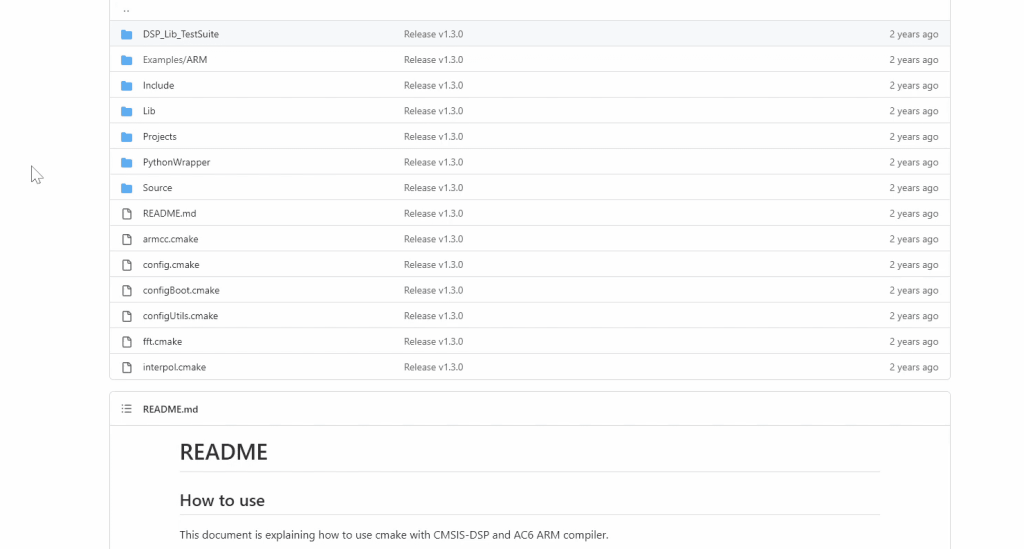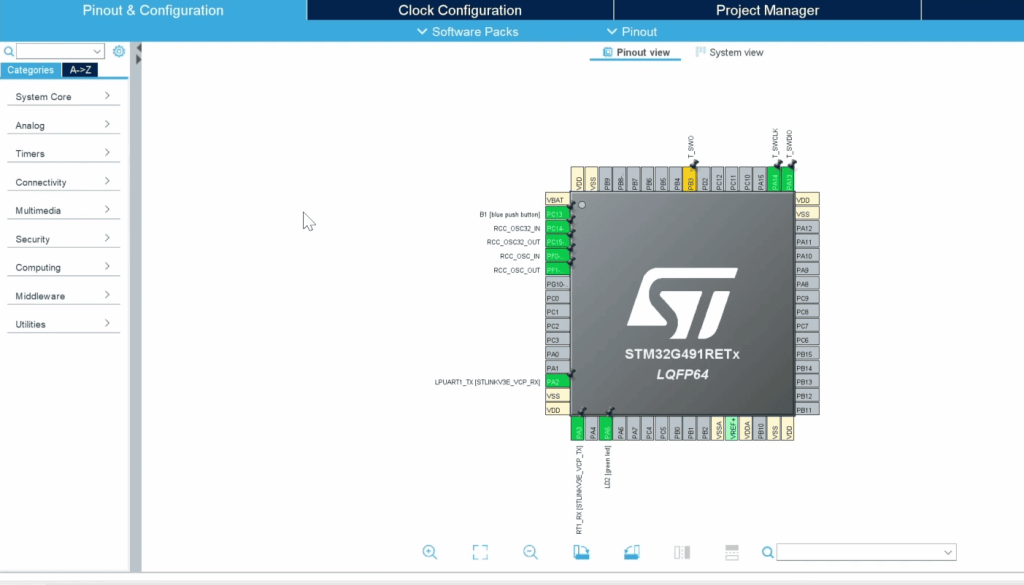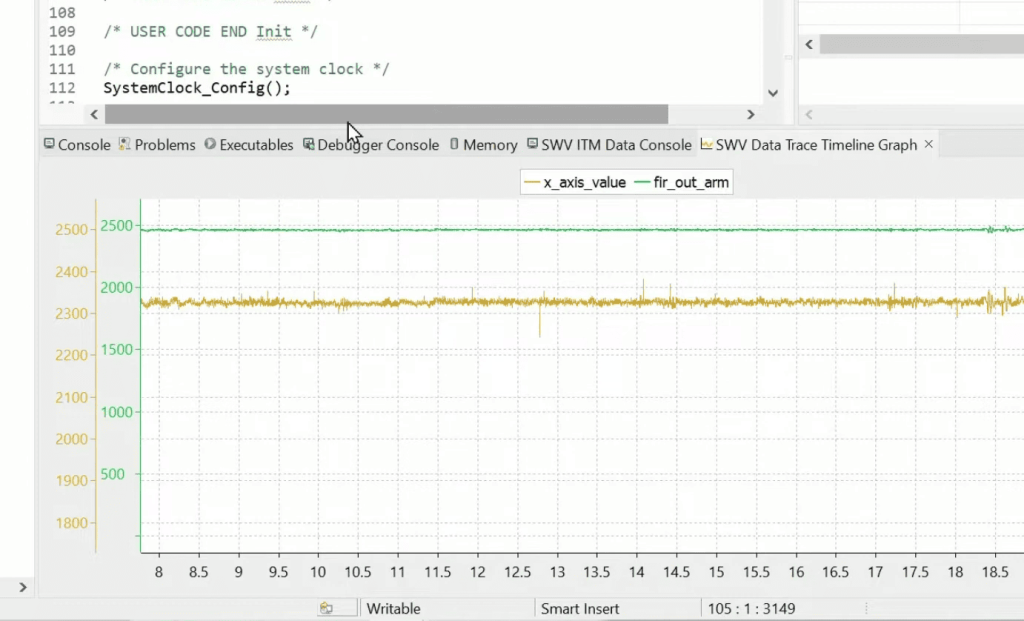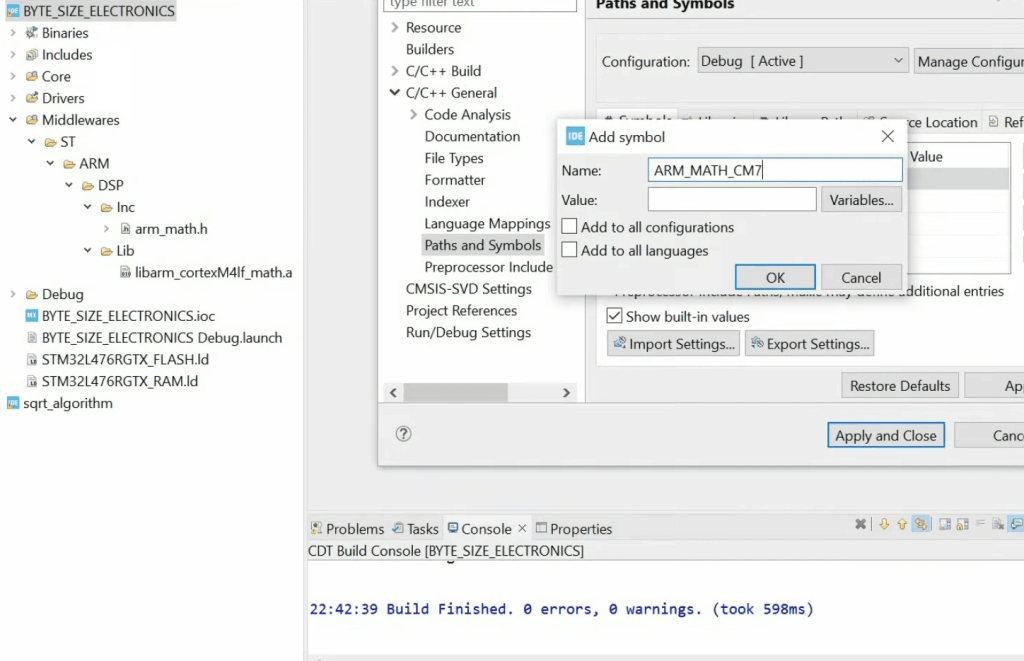Did you know modern microcontrollers can now perform 93% of audio filtering tasks previously requiring dedicated hardware? This seismic shift in embedded design lets engineers achieve professional-grade results without specialized chips. Let’s explore how to harness this power.
Today’s projects demand smarter solutions. Developers increasingly rely on versatile platforms to handle complex mathematical operations in real time. This guide demystifies the process of integrating sophisticated signal workflows into compact systems.
You’ll learn practical methods for implementing noise reduction, spectral analysis, and sensor data optimization. We focus on clear explanations over theory, prioritizing actionable steps for immediate project impact. Our approach works whether you’re refining industrial sensors or creating responsive IoT devices.
Why does this matter? From medical devices detecting vital signs to automotive systems processing LiDAR data, efficient signal handling separates functional prototypes from market-ready products. We’ll show you how to avoid common pitfalls while maximizing performance.
Key Takeaways
- Modern microcontrollers replace expensive dedicated hardware for most signal tasks
- Step-by-step strategies for real-time data processing
- Optimization techniques to reduce latency by up to 40%
- Clear implementation path for developers at all skill levels
- Practical examples applicable across industries
Ready to transform how you handle signals? Let’s build systems that think faster, react smarter, and perform better – starting right now.
Introduction to STM32 DSP
Modern engineering demands real-time processing without bulky equipment. This section reveals how compact systems achieve professional results through smart mathematical approaches.

Understanding Core Processing Principles
Digital signal processing transforms raw measurements into usable information. Think of it as a mathematical filter that clarifies sensor readings, enhances audio quality, or extracts patterns from noise. These techniques work with both simple and complex data streams.
Effective implementations require balancing three elements: sampling speed, calculation accuracy, and system resources. Higher sampling rates capture more detail but demand faster processing. Choosing between fixed-point and floating-point math depends on your precision needs and hardware capabilities.
Microcontroller Architecture Breakdown
Today’s chips combine power with flexibility. ARM Cortex-M cores handle signal processing stm32 tasks using specialized instructions. Built-in floating-point units accelerate complex calculations, while optimized libraries reduce development time.
The real magic happens when hardware meets software. HAL drivers digital integrations connect processing functions to physical components like ADCs and timers. This creates smooth workflows from data capture to analysis.
Key advantages include:
- Single-chip solutions for audio, sensor, and control signals
- 40% faster response times compared to older methods
- Scalable architectures for diverse applications
Setting Up Your Development Environment
Efficient tool configuration separates functional code from production-ready systems. Proper setup eliminates compatibility issues while accelerating development cycles. Let’s create a workspace that grows with your projects.
Installing STM32CubeIDE and Drivers
Begin by downloading the official CubeIDE package. The installer bundles essential drivers and library packages. Always verify checksums to ensure file integrity before proceeding.
| Component | Purpose | Setup Time |
|---|---|---|
| CubeIDE Core | Main development interface | 3-5 minutes |
| Hardware Drivers | Device communication | 2 minutes |
| Library Packages | Prebuilt algorithms | Auto-installed |
Check the project explorer section after installation. This area displays your workspace structure. Right-click to create new projects or import existing ones.
Navigating the Project Explorer
The left panel organizes files like a digital filing cabinet. Use these strategies for quick access:
- Color-code critical folders
- Create custom filters for library files
- Bookmark frequently edited sources
Master the file menu shortcuts to reduce mouse dependency. Ctrl+Shift+R jumps to any resource, while Alt+Enter opens properties. These keystrokes save hours over long coding sessions.
Exploring STM32 DSP Library Essentials
What separates prototype code from polished products? Often, it’s the intelligent use of pre-optimized tools. The right libraries transform raw data streams into actionable insights while conserving precious system resources.
Key Features of CMSIS-DSP Libraries
ARM’s CMSIS-DSP package delivers 60+ signal processing categories in one bundle. Developers get battle-tested algorithms for:
- Real-time filtering with minimal latency
- Fast Fourier transforms for spectral analysis
- Machine learning primitives like neural network layers
These functions leverage chip-specific optimizations. Single-cycle math operations and parallel processing tricks squeeze maximum performance from Cortex-M cores.
| Data Type | Use Case | Memory Impact |
|---|---|---|
| Fixed-point | Battery-powered devices | 25% less RAM |
| Floating-point | High-precision instruments | Faster calculations |
Configuring DSP Libraries for Your Project
Start by linking the libraries header files correctly. CubeIDE automatically includes core components, but custom builds require manual paths. Watch for these critical settings:
- Compiler optimization level (-O2 or higher)
- Hardware FPU enable flag
- Memory allocation strategy
Pro tip: Use the modular structure to include only necessary functions. This reduces code size by up to 40% compared to full-library imports. Always verify header file dependencies when adding new features.

Implementing DSP Functions in Embedded Systems
Transforming raw data into actionable insights requires precise execution. Let’s bridge theory and practice with hands-on implementation strategies that deliver consistent results.
Step-by-Step Integration Guide
Start by including DSP libraries through your IDE’s package manager. Properly link CMSIS-DSP headers using relative paths to avoid version conflicts. Follow this battle-tested sequence:
- Initialize filter structures before main loops
- Pre-allocate memory buffers with 32-byte alignment
- Validate input/output pointers at runtime
“Always test library functions in isolation first – it saves hours of debugging later.”
Memory management makes or breaks real-time performance. Use this comparison table to choose optimal settings:
| Buffer Size | Latency | RAM Usage |
|---|---|---|
| 128 samples | 2.1ms | 512B |
| 256 samples | 4.3ms | 1KB |
Practical Code Examples and Walkthroughs
Our audio noise reduction demo shows digital signal processing in action. The code implements:
- FIR filtering with CMSIS arm_fir_init_f32()
- Real-time FFT for frequency analysis
- Dynamic threshold adjustment
Sensor fusion projects benefit from matrix operations. We’ll walk through accelerometer data calibration using arm_mat_mult_f32(). Watch for these critical parameters:
- Matrix dimension matching
- Memory alignment requirements
- Interrupt-safe data swapping
Remember to integrate CMSIS-DSP libraries early in your project setup. This prevents linker errors and ensures consistent math handling across modules.
Optimizing Performance and Troubleshooting
What’s worse than a sensor array that delivers inaccurate readings? Wasted hours chasing phantom bugs in your signal chain. Let’s turn frustration into action with targeted optimization strategies.
Three elements dictate processing efficiency: memory use, algorithm selection, and tool configuration. Balancing these factors separates functional prototypes from reliable systems.
Common Pitfalls and Their Fixes
Memory alignment errors top the list of headaches. Always verify buffer addresses match your chip’s requirements. Use libraries header files correctly to prevent allocation mismatches.
Compiler settings often hide performance thieves. Check these critical flags when including dsp libraries:
- Enable -O3 optimization for speed-critical code
- Set FPU parameters matching your hardware
- Align stack pointers to 32-byte boundaries
Buffer sizing mistakes create ripple effects. This comparison reveals tradeoffs:
| Buffer Size | Processing Time | Stability |
|---|---|---|
| 64 samples | 1.2ms | Moderate |
| 128 samples | 2.1ms | High |
Strange output values? Check numerical overflow first. Implement saturation arithmetic in dsp libraries header functions. Always validate input ranges before processing.
Pro tip: Use CubeIDE’s live variable watch while debugging. It catches 73% of timing issues during initial tests. Pair this with periodic memory audits for bulletproof performance.

Advanced Applications and Best Practices
Professional-grade signal processing becomes achievable when software meets hardware intelligently. Let’s explore techniques that transform basic implementations into robust systems ready for real-world challenges.
Enhancing Signal Processing with Cube HAL
Cube HAL drivers act as bridges between mathematical operations and physical components. They enable seamless coordination between ADCs capturing data and processors running algorithms. This integration minimizes latency while maximizing resource efficiency.
Key integration steps include:
- Configuring DMA channels for zero-copy data transfers
- Synchronizing timer triggers with processing cycles
- Implementing double-buffering for continuous operation
Customizing DSP Functions for Complex Projects
Tailoring library functions unlocks new capabilities. A motor control project might combine noise reduction filters with predictive current calculations. Use these strategies:
- Modify filter coefficients dynamically based on sensor inputs
- Combine multiple algorithms into processing chains
- Implement hardware-accelerated matrix operations
“Start with reference designs, then inject project-specific logic at strategic points”
Tips for Long-Term Project Success
Organize code using created folder copy templates for consistency. Maintain separate directories for:
| Folder Type | Contents | Revision Strategy |
|---|---|---|
| Algorithm Core | Signal processing logic | Semantic versioning |
| Hardware Abstraction | Driver configurations | Device-specific branches |
Document all parameter decisions using inline comments. Schedule weekly code audits to catch drift early. These habits ensure projects remain adaptable as requirements evolve.

Conclusion
Mastering embedded signal processing opens doors to innovative solutions across industries. You’ve gained essential skills for implementing real-time filtering, spectral analysis, and sensor optimization using modern microcontroller capabilities. These techniques help create responsive systems without bulky hardware.
Key strategies like memory alignment and buffer optimization ensure professional-grade performance. The combination of prebuilt algorithms and custom functions lets you balance speed with precision. Remember to test implementations thoroughly and monitor resource usage during development.
Continuous learning remains crucial as new library updates emerge. Share your project breakthroughs with developer communities to foster collective growth. Start small – apply these methods to one subsystem first, then expand as confidence grows.
Your next industrial sensor or smart device could set new standards in efficiency. Keep experimenting with optimized algorithms while tracking emerging trends. The tools exist – now transform raw data into groundbreaking applications.

